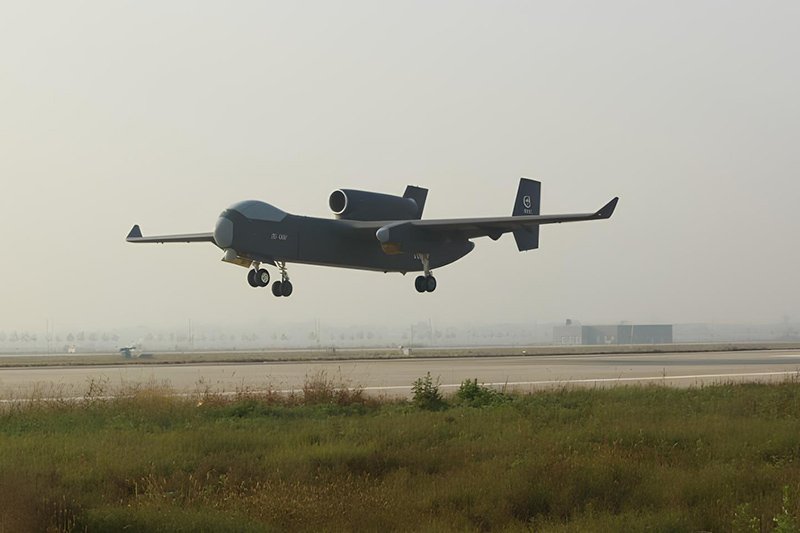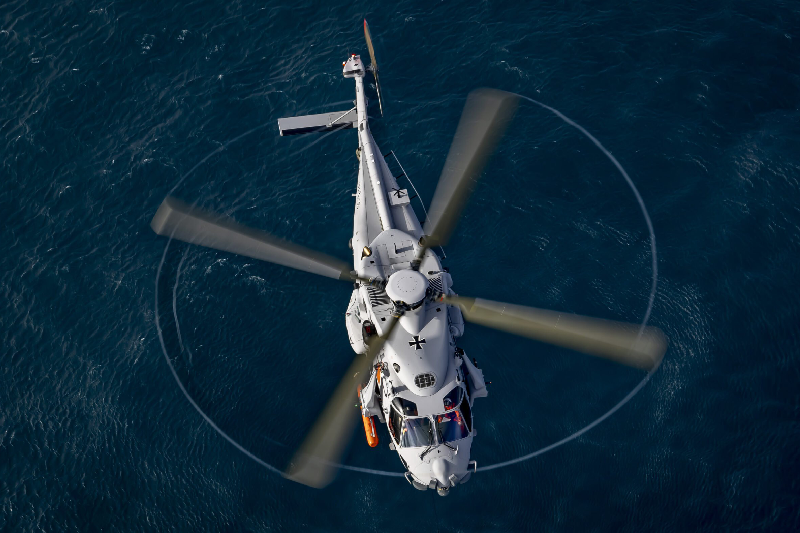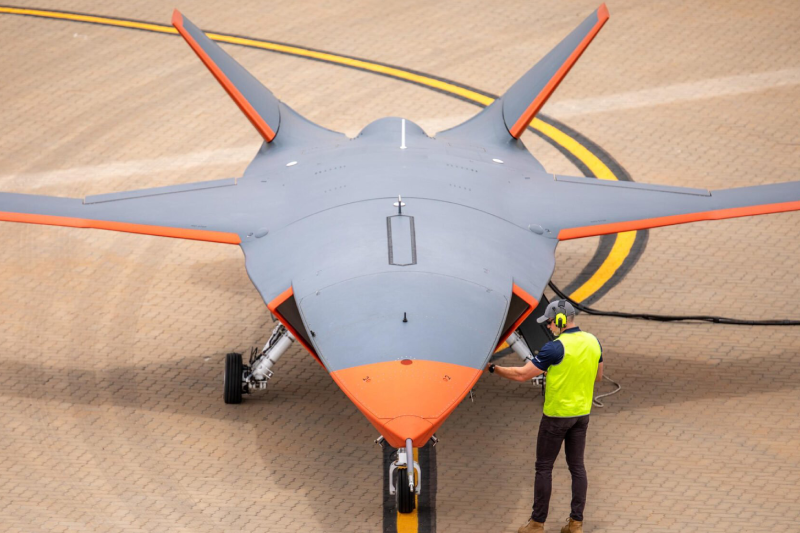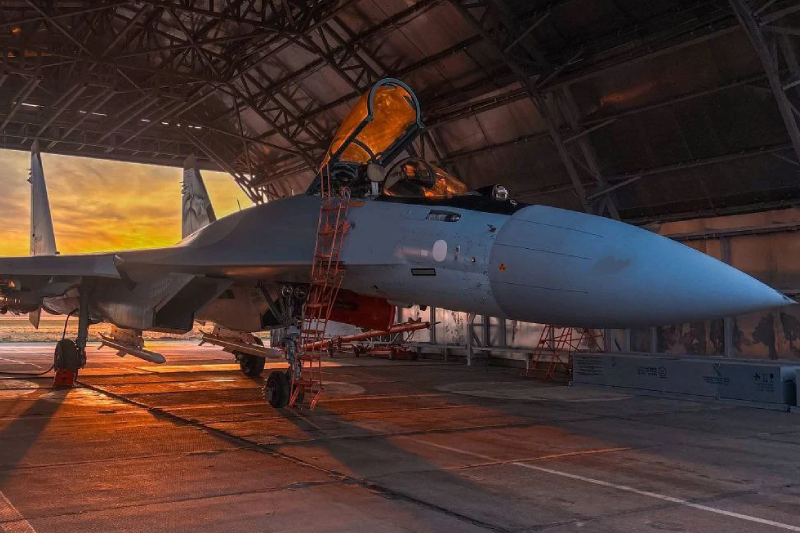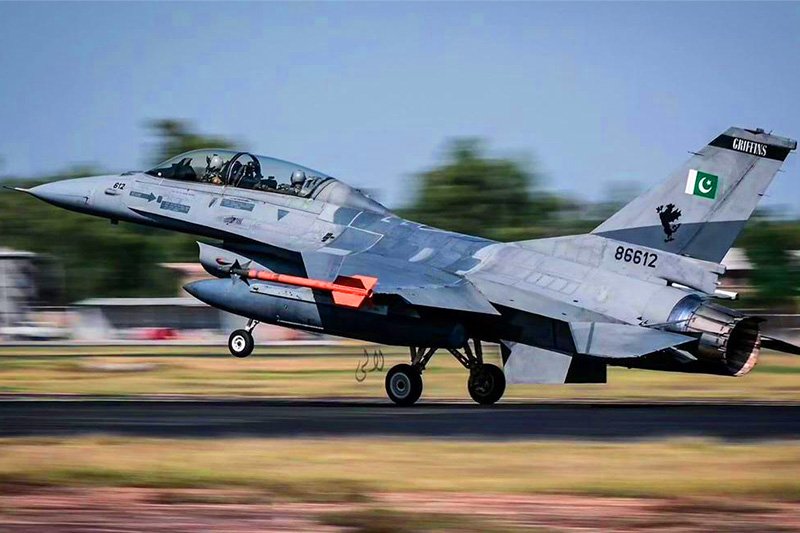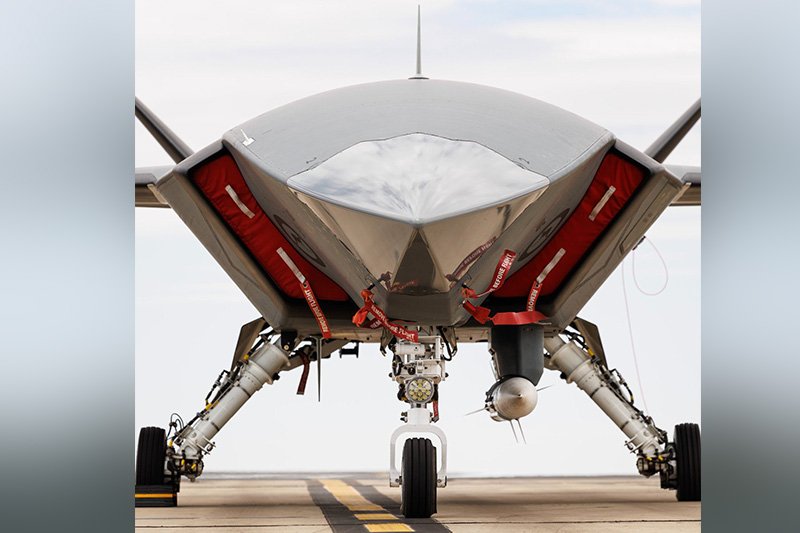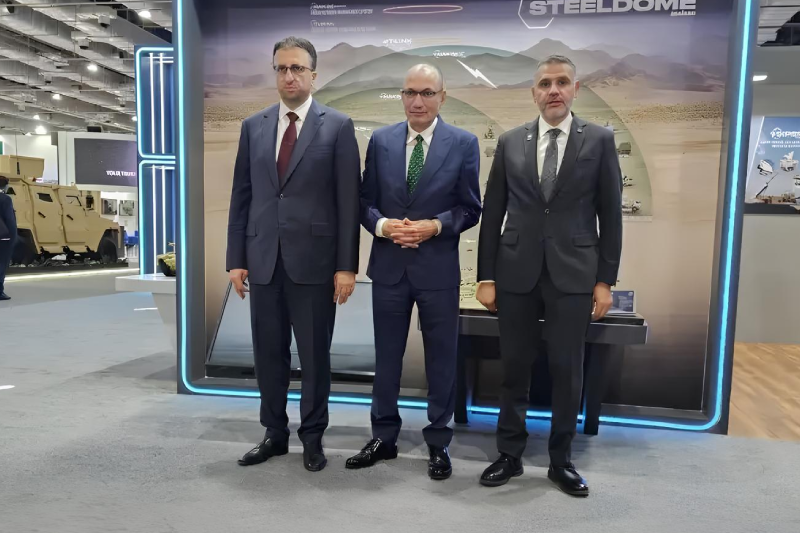China Refuels Bombers At Sea With YY-20 Tanker
China has achieved a significant milestone in strategic aviation capability with the successful demonstration of YY-20 aerial tanker operations refueling H-6 strategic bombers. This breakthrough represents a fundamental transformation in Chinese air power projection capabilities, extending the operational reach of the world’s largest bomber fleet while addressing previous limitations in aerial refueling infrastructure that constrained long-range operations.
Next-Gen Refueling Tech
The Chinese People’s Liberation Army Air Force’s first successful demonstration of YY-20 aerial tanker refueling operations with H-6 strategic bombers marks a watershed moment in Chinese military aviation development. This capability addresses a critical gap in Chinese air power projection while significantly expanding the operational envelope for China’s extensive bomber fleet.
The YY-20 aerial tanker represents a derivative development of the Y-20 military transport aircraft, currently the world’s largest military transport jet in production. The tanker variant began combat readiness training in late 2022, providing China with modern aerial refueling capabilities that previously relied on minimal infrastructure comprising three ex-Soviet Il-78M jets and converted H-6 bomber airframes.
Operational Advantages
China’s limited historical investment in aerial tanker capabilities reflected the exceptional range characteristics of Chinese fighter aircraft compared to Western counterparts. The J-20 and J-16 fighters demonstrate significantly longer operational ranges than comparable Western aircraft when operating on internal fuel, with the J-20 achieving approximately twice the range of its American rival, the F-35.
However, Chinese bombers present different operational characteristics, with the H-6 designed as a lighter, regionally-focused platform rather than intercontinental-range systems like the American B-2 or Russian Tu-160. This design philosophy makes aerial refueling capability particularly valuable for extending H-6 operational reach beyond traditional regional limitations.
Comprehensive H-6 Fleet Utilization
The H-6 bomber represents the world’s most widely fielded bomber class, with approximately 270 aircraft deployed across People’s Liberation Army Air Force units. This extensive fleet serves diverse operational roles through specialized variants including the H-6G for electronic attack missions, H-6J and H-6N for cruise missile operations, and H-6K for long-range ballistic missile carriage.
The bomber fleet’s versatility enables multiple mission profiles ranging from conventional strike operations to specialized electronic warfare and strategic missile delivery roles. This operational flexibility, combined with aerial refueling capability, creates unprecedented strategic reach for Chinese air power projection across the Pacific region.
Pacific Theater Operational Expansion
The integration of YY-20 aerial refueling capability with H-6 bombers enables Chinese forces to project power well beyond the Second Island Chain into the broader Pacific theater. This extended operational reach transforms strategic calculations for potential conflicts in the region, providing Chinese forces with enhanced flexibility for ballistic and cruise missile attacks against U.S. and allied forces.
The combination of aerial refueling and advanced missile systems, such as the CM-401 ballistic missile first observed on H-6K aircraft in 2018, creates formidable long-range strike capabilities. This integration demonstrates Chinese commitment to developing comprehensive air power projection systems rather than relying solely on individual platform capabilities.
Alternative Range Extension Strategies
Beyond aerial refueling development, China has pursued alternative methods for extending H-6 fleet operational reach, including deployment to Russian territory bases. Chinese bombers have conducted multiple landings in Russia for joint exercises, with June 2024 marking their first operations off the Alaska coast launched from Russian bases.
This basing strategy provides immediate range extension while YY-20 capabilities continue developing, demonstrating Chinese flexibility in achieving strategic objectives through multiple operational approaches. The combination of forward basing and aerial refueling capabilities creates redundant systems for extended-range operations.
Advanced Tanker Technology Development
The YY-20’s successful integration with H-6 bombers establishes the foundation for more advanced aerial refueling capabilities. Industry speculation suggests development of higher-end tanker classes designed for contested environment operations, potentially incorporating advanced stealth capabilities increasingly common in Chinese long-range military aircraft.
These future developments would enable aerial refueling operations in heavily defended airspace, further extending Chinese air power projection capabilities while maintaining operational survivability. The progression from basic refueling capability to advanced stealth tankers reflects comprehensive strategic planning for long-term air power development.
Regional Strategic Balance Implications
The YY-20 aerial tanker capability fundamentally alters regional strategic balance by extending Chinese bomber operational reach across the Pacific theater. This capability enhancement enables Chinese forces to threaten previously secure operational areas while complicating allied defensive planning through extended threat ranges.
The ability to conduct long-range bomber operations with aerial refueling support creates new operational possibilities for Chinese military planning while potentially deterring adversary actions through demonstrated reach and capability. This strategic effect extends beyond immediate tactical advantages to broader regional influence projection.
Technological Integration
The successful YY-20 and H-6 integration demonstrates Chinese proficiency in complex aerial refueling technology while establishing operational procedures for sustained long-range missions. This technological achievement validates Chinese aerospace engineering capabilities while providing practical experience for future system development.
The operational experience gained through YY-20 deployment supports continued capability enhancement and tactical doctrine development, creating knowledge foundations for advanced tanker systems and extended-range operations. This systematic approach ensures sustainable capability development rather than isolated technological achievements.
Also read this: China Releases Footage Of J-15s Expelling Foreign Jets
Strategic Air Power Transformation
The YY-20 aerial tanker represents more than technological advancement it embodies China’s comprehensive transformation toward global air power projection capabilities. By addressing historical limitations in aerial refueling infrastructure, China has created strategic options previously unavailable while enhancing deterrent effects through demonstrated long-range capabilities.
This capability development positions Chinese air forces for sustained operations across the Pacific theater while supporting broader strategic objectives through enhanced power projection and regional influence expansion.
Keep connected with us at Facebook, Twitter, YouTube, Instagram & TikTok for latest defense happening around the globe.
Discover more from International Defence Analysis
Subscribe to get the latest posts sent to your email.


